Mix up your regular cup, with these low-acid options
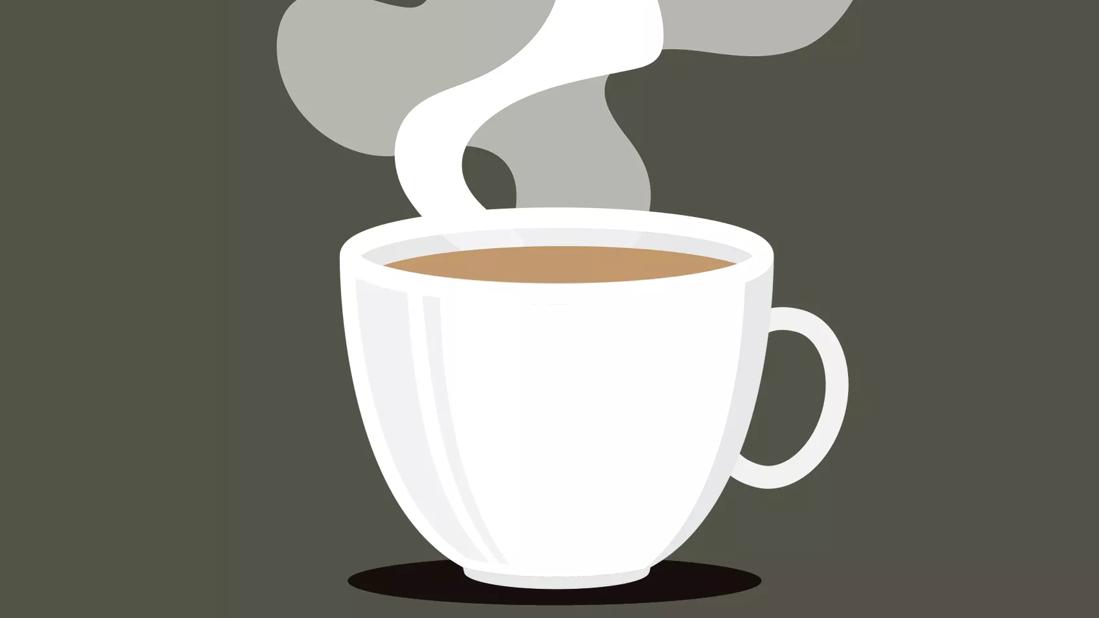
Many of us can’t get our days started until we’ve had our morning jolt. The aroma of brewing coffee can awaken our noses before our taste buds. You may enjoy a cup, or two (or three or more), as part of your morning routine until — uh oh — tummy issues begin.
Advertisement
Cleveland Clinic is a non-profit academic medical center. Advertising on our site helps support our mission. We do not endorse non-Cleveland Clinic products or services. Policy
What’s happening? Is your beloved cup of joe turning on you? The unfortunate truth is that it might be. But don’t panic — you may not have to give up your coffee fix just yet.
“The acid or fat content in coffee may be causing gastrointestinal issues like heartburn, acid reflux and bloating,” says registered dietitian Andrea Dunn, RD.
Drinking caffeinated coffee increases the amount of acid that’s already in your stomach, which makes it easier for acid reflux and heartburn to take effect, Dunn explains.
Coffee has its positives and negatives. “But there are plenty of low-acid options you can try to counteract your symptoms,” she says.
Caffeine and coffee acids are the main culprits for why coffee might be upsetting your stomach. How?
“Caffeine is a natural stimulant but it also increases contractions in your digestive tract as well as the production of stomach acid,” says Dunn.
Depending on the type of coffee you’re drinking, it may also contain a high amount of acids, which can speed up food digestion and have you running to the bathroom more urgently.
Coffees that are high in acid include:
It doesn’t take much to make your coffee less acidic and still keep it tasting great. Try the following low-acid options to steer your love/hate relationship with coffee back to just love/love:
Advertisement
Dark roast coffees tend to be less acidic because they contain fewer compounds that cause stomach cells to produce acid.
Because the brewing process is shorter for an espresso or hot espresso drink, this lessens the acid that filters into your cup.
Cold brew is made when ground coffee is steeped for 12 to 24 hours in cold or room-temperature water. The long steeping process combined with the cooler temperatures of the brew creates less bitterness and therefore less acid.
“These days, you can find specialty coffee brands whose beans and ground coffee contain less acid,” Dunn says.
This is a newer trend in the wide world of coffee and tastes better than it sounds. The health benefits of mushrooms — one being reduced inflammation — make this cup of joe go down a bit easier.
Chicory has been used as a beverage since the 1800s. Chicory coffee is made using the roots of the chicory plant (part of the dandelion family), which are roasted, ground and brewed into a coffee-like drink. Ground mushroom or chicory may be used on their own, too.
A few other changes in your coffee-drinking habits may relieve you of these symptoms and allow you to reap all the health benefits coffee has to offer.
If heartburn, acid reflux and bloating continue to be a problem, consult with your doctor.
Drinks like matcha, green tea, black tea or kombucha contain caffeine but have different effects on the body.
Advertisement
Learn more about our editorial process.
Advertisement
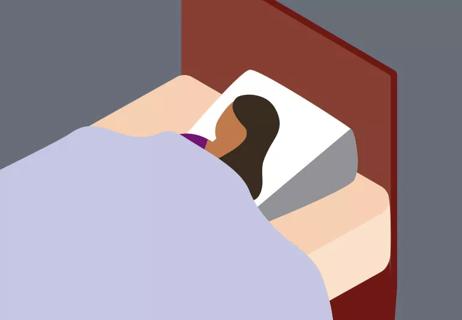
For some lucky people, these pillows can eliminate the need for medications or surgery

Lifestyle changes such as diet and weight loss or medication such as antacids can bring relief

Here’s five ways to cut your hiccups short

The short answer from a gastroenterologist

Regular regurgitation can be common for infants
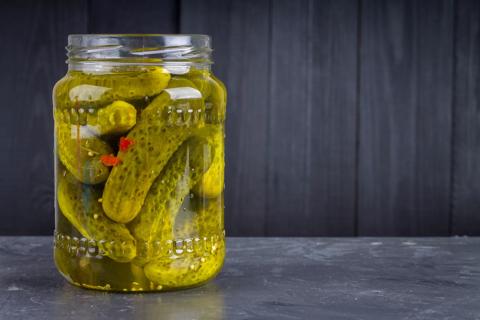
The Short Answer from a gastroenterologist
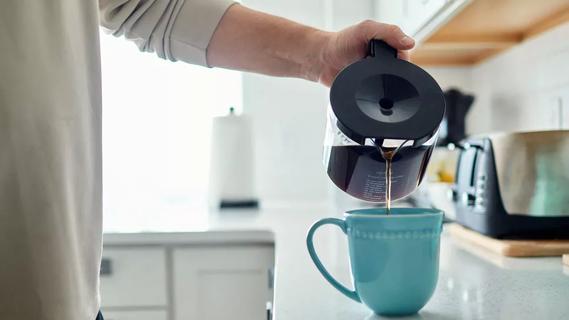
It’s all about the amount — try to stick to 100 to 150 milligrams a day to reduce and prevent a pounding, throbbing head
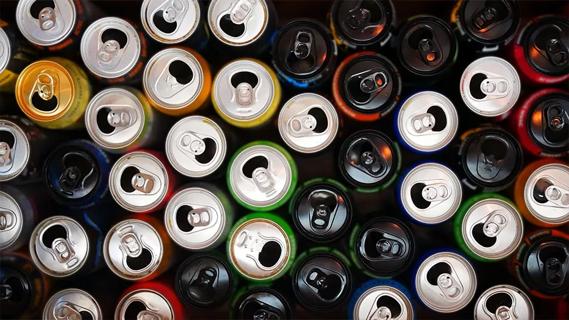
Regularly drinking these sugar-fueled, stimulant-laden beverages can increase your risk of adverse health effects

Type 2 diabetes isn’t inevitable with these dietary changes

Applying a hot or cold compress can help with pain